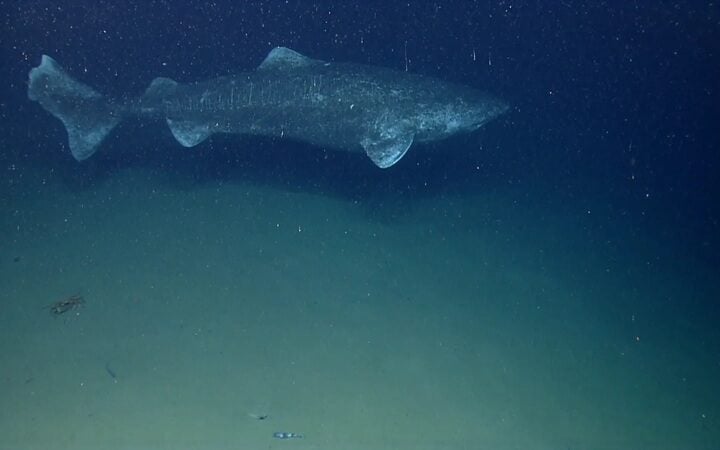Often draped in the rich cloth of science fiction, the question “Are we alone?” has echoed through the annals of human history. Today, it nudges at the doorsteps of reality as scientific progress opens avenues for an exhaustive search for life beyond Earth. The Nautilus Array, the next leap in astrophysical ingenuity, is poised to unlock the secrets of alien biospheres. In the words of the Project Lead, “The Nautilus technology promises an unprecedented increase in sensitivity for exoplanet transit spectroscopy. With this technology, we’re not merely watching the skies; we are reading the stories etched in the atmospheres of distant worlds.”
The Nautilus Mission: A Deep Dive into Alien Atmospheres
To date, over 4,000 exoplanets have been discovered, a testament to our insatiable curiosity. However, the lack of technological capability has stymied efforts to detect reliable atmospheric biosignatures in these distant worlds. The Nautilus Array steps into this void, offering a promise to turn the tide. The mission aims to probe the atmospheric composition of approximately 1,000 earth-sized habitable zone exoplanets. By doing so, it hopes to measure the occurrence rate of life flourishing on other planets. It will also allow us to identify so-called ‘Earth twins’—those planets that closely resemble our home in terms of size, habitability, and atmospheric composition.
How Nautilus Works: The Science of Looking Beyond
By utilizing cutting-edge methods of analyzing light filtering through exoplanetary atmospheres, the Nautilus Array allows for a comparison of the atmospheric compositions of each planet in its scope. This data will then be pitted against the range of atmospheric compositions consistent with abiotic processes, essentially those that occur without life. “We aim to identify those atmospheres whose composition falls outside the abiotic norms, potentially indicating the existence of life. This could lead to a paradigm shift in our understanding of life in the cosmos,” adds the Nautilus Project Lead.
Similar Post
The Nautilus Array: Challenges and Opportunities
The mission, though promising, is not without its fair share of challenges. The technology demands an unprecedented level of sensitivity, and perfecting this is a task fraught with complexity. Furthermore, the sheer scale of data collection and analysis presents a formidable logistical challenge. Nevertheless, the Nautilus Array represents a significant advance over existing or planned telescopes. Its vast data-collecting capability allows for comprehensive, systematic studies of exoplanets, setting it apart from predecessors such as the James Webb Space Telescope.
The Dawn of a New Era in Astrobiology
Should the Nautilus Array prove successful in its quest, we could be at the cusp of a profound revelation—the confirmation of extraterrestrial life. The idea that life could be a recurring outcome of cosmic evolution, rather than a unique event on Earth, would be a profound leap in our understanding of our place in the universe. As we stand on the precipice of this exciting endeavor, one can’t help but echo the sentiments of the Nautilus Project Lead: “The Nautilus Array isn’t just a telescope; it’s a testament to our quest for cosmic companionship. It’s about unraveling our place in the grand tapestry of the universe.”


















